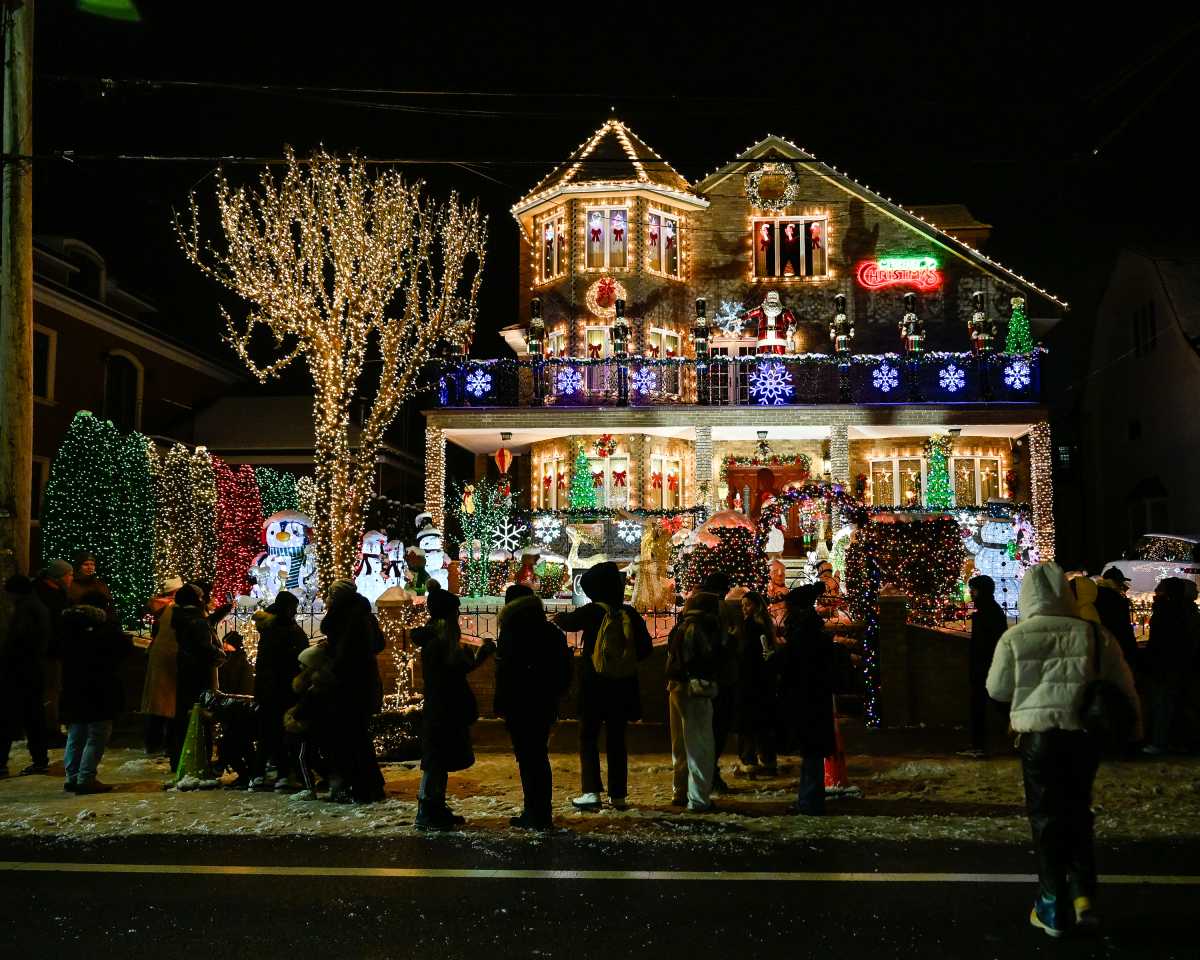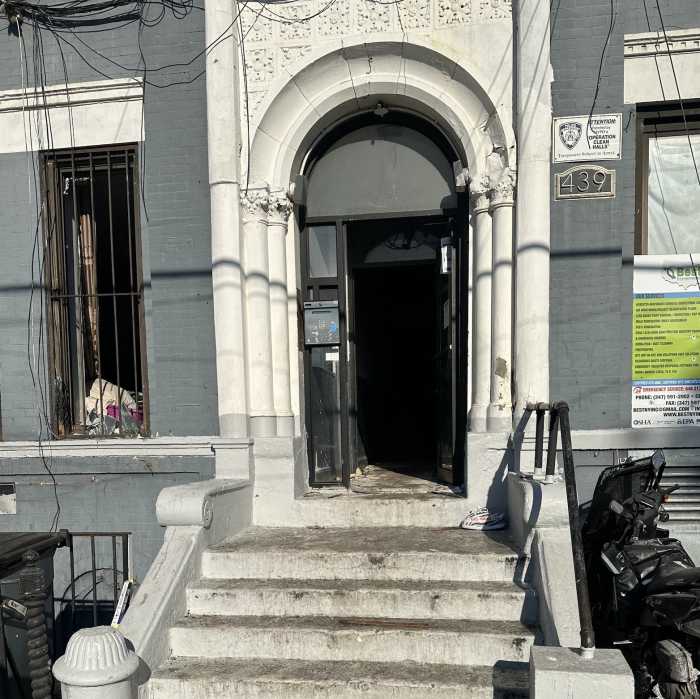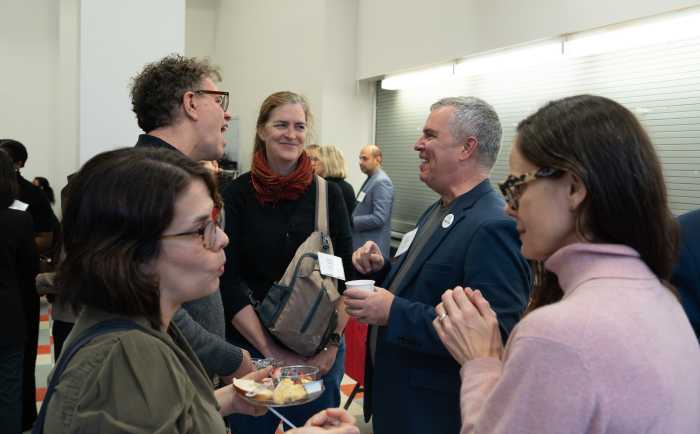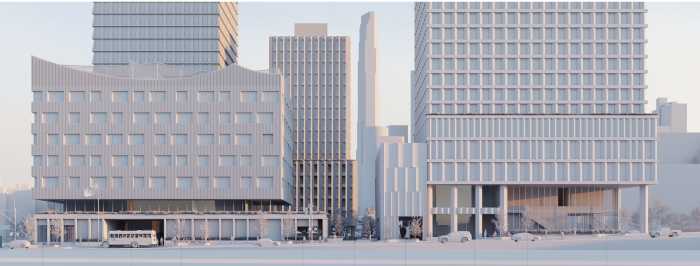
What started in 2009 as a neighborhood history meetup has since transformed into a photo book of images provided by and curated by locals themselves.
"I think we had 220 slots in the book and we had well over 1,000 photos to choose from," said "Lost Inwood" co-author Cole Thompson.
For years, residents of Manhattan’s northernmost neighborhood have gathered at Indian Road Cafe to learn about the history of the neighborhood. As the gathering gained popularity, its leaders — Thompson and "Lost Inwood" co-author Don Rice — saw an opportunity to put all they had gleaned into print. As word got out about the planned book, photos began pouring in.
amNewYork caught up with Thompson to get a behind-the-scenes look at how "Lost Inwood" came about, as well as to discuss the neighborhood’s future.
What is your relationship with the neighborhood?
I’ve lived up here almost 20 years now. I was living down in Hell’s Kitchen when I met my wife. She was living up here, and she introduced me to the neighborhood. And that’s kind of a timeless story, a lot of people almost have to be introduced to the neighborhood. It’s not a place you just wind up in … I used to have (to) draw Manhattan on a cocktail napkin and point to the Statue of Liberty on one end and then say way up here that’s me in Inwood.
How did the program at Indian Road Cafe come about?
I went into the local branch of the public library and asked for a local history book, and they didn’t have a thing. Nothing had been written on the neighborhood in nearly a century. That’s just bizarre. And then I heard about this history night over at the Indian Road Cafe that Don and the owner of the cafe were going to be starting, so I went over there and I joined them. … We got a digital projector, and started making it pretty visual, and on the first Tuesday of every month for the last 10 years we’ve been filling the house. … People up here are a truly nostalgic bunch.
How did you react to the community volunteering so many old family photos?
It was just magical … Next thing I know a woman I’ve never met down in North Carolina is shipping me an entire photo album. I’m a stranger. I wouldn’t even trust the postal service with something that precious. I was just surrounded by photos; it became a challenge to choose the photos that were truly representative of the neighborhood. It was just a bounty of riches.
Is this your first foray into publishing a book like this?
I come from a television and newspaper background. I’ve written three books but they were all true crimes … So I kind of had an idea what I was doing. But it’s essentially a picture book. The format allows 22,000 words in the from of captions, so we were able to create a story arc.
Do any particular stories stand out to you?
I think one of the things I really walked away from this project thinking about was: if we’d waited much longer, we wouldn’t have had access to some of these photos. At least two of the people that have provided images have died since we started working on it, in just the last eight or nine months. As populations age and people move on, these things are just kind of lost.
What do you see in store for the neighborhood looking ahead?
That’s one of the fascinating things about the timing of the release of this book is that it coincides with the rezoning of the neighborhood … not much building activity, if any at all, has occurred in the many decades since World War II. And now it looks like in the next five, ten years this neighborhood could just transform into something completely different. Even the photographs that you’re taking for your now-and-then comparisons, what are those going to look like in five years?






































